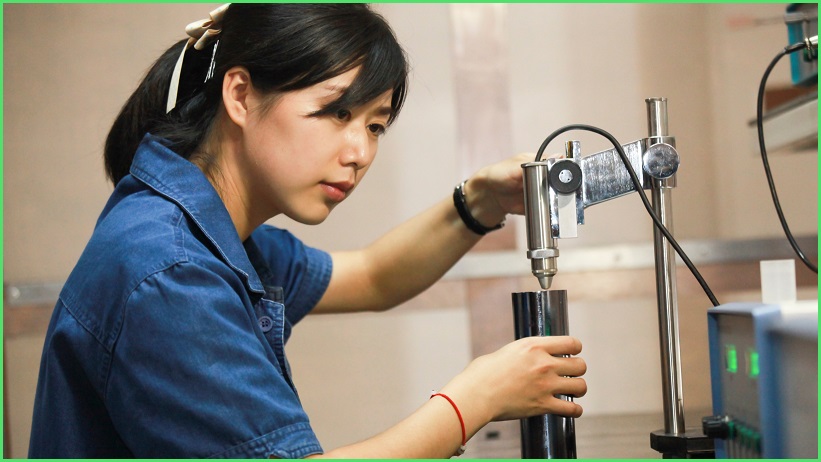Australian innovators and entrepreneurs are rejoicing after the federal government reversed years of research and development cuts, committing $2 billion to Australian R&D through a series of tax incentives that have been labelled a “significant step” towards post COVID-19 recovery.
Replete with unabashedly pro-business initiatives, the new Budget includes a range of targeted industry investments – including $1.5b in manufacturing support, $1.9b in new energy technologies, $904b in higher-education support, and other initiatives bundled under the Budget’s multi-tiered JobMaker plan.
The changes – seen as a “major unexpected win” by one analyst – addressed the concerns of startup firms for changes to the Research and Development Tax Incentive (RDTI), which had threatened to exclude many businesses in recent years as the government worked to “better target” its funding.
The new budget will more than double the RDTI over the next four years, from $310m this year to $450m next year, $590m in fiscal 2023, and $650m in fiscal 2024 – a total of $2b in government support to encourage business investment.
University research will be supported to the tune of around $3.3b this year, the government said, with $1b in new research funding to the university sector.
Some $1b in “targeted capability and workforce initiatives” for Defence projects will accelerate “capability projects targeting key manufacturing, construction and high-tech sectors”, redoubling efforts to position the defence industry as a source of research innovation and a “national strategic asset”.
Skills and R&D
Even as it reinforces its support of private-sector R&D investment, the government announced an additional $459m in funding for the CSIRO’s “essential scientific research”.
The Australian Academy of Science nonetheless welcomed the new Budget as a “significant response to the pandemic science crisis” – even as president Professor John Shine warned that despite “positive” RDTI changes, “more work will need to be done to fix Australia’s fragmented research funding system”.
Some $30m in funding over the next two years will go towards a global business and talent attraction taskforce, designed to help businesses access world-leading expertise to support their R&D and other activities.
“Business investment in R&D is central to the development of new products, processes and services that will help make Australia more competitive and create more jobs in the long term,” the government noted, with changes to R&D support expected to benefit over 11,400 companies.
This includes an increase of the R&D expenditure cap from $100m to $150m per annum and streamlining of the R&D intensity test from three tiers to two – a response to proposed changes that industry advocates had slammed for over-complicating access to much-needed business support.
That measure “will just mean that we will be building a bigger hole as thousands of Australian companies face exclusion from the government support framework,” analyst firm Michael Johnson Associates noted when the changes were first announced.
Under the new Budget measures, PwC concluded, “no company will be worse off under the new announcement compared to the current program, and many claimants will be better off.”
The latest changes, PwC analysts wrote, show the government “has taken the move to use this Budget to rethink its most recent attempts to ‘better target’ the R&D Tax Incentive” –marking “a welcome significant step in the Government’s efforts to encourage investment in R&D by companies in Australia, create jobs, and help businesses manage the economic impacts of the COVID-19 pandemic.”
A warm response
Tech-industry figures welcomed the Budget’s innovation stimulus and its $800m acceleration of digital programs, with Cognizant ANZ CEO Jane Livesey noting that the government’s cash splash recognised that “when unshackled from the need to deliver a surplus, we have a government that has a strong understanding of the foundations required to accelerate the building of Australia’s digital economy.”
Spending in key areas like cyber security, identity, data and core infrastructure, she said, “coupled with the initiatives to digitise government services and the instant asset write-off, should achieve the much needed acceleration of our digital programmes” while investments in digital skills “signal that there is a clear understanding that access to a technology-skilled workforce is one of the most significant barriers to progression at pace.”
Shortlyster founder Carl Hartmann was concerned, however, that back-to-work incentives such as the JobMaker hiring credit will be “paid at a rate too low to seriously help any business pay the wage of a skilled worker, of which there is high demand for… everything from tech engineers, accountants, marketers, IT and business professionals.”
Yet jobs don’t create themselves, said Pluralsight APAC and ANZ managing director Mike Featherstone, noting that Investments in digital transformation “are welcomed with eager arms, however, its success is dependent on the skills available in Australia’s existing workforce.
“The prospect for digital transformation in the Budget is positive,” he said while lauding its FBT exemptions for reskilling or retraining workers facing redundancy, “but the missing ingredient is a clear pathway to technology skills development, specifically within emerging areas such as artificial intelligence, machine learning, cloud computing, and big data.”










